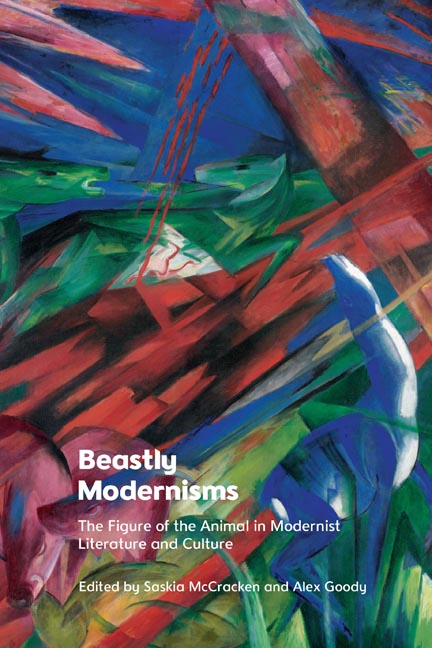Book contents
10 - Animal–Human Entanglements in the Canadian Wild Animal Stories of Charles G. D. Roberts
Published online by Cambridge University Press: 21 October 2023
Summary
I saw, deep in the eyes of the animals, the human soul look out upon me.
– Edward Carpenter, Towards Democracy (1905)In a letter addressed to H. Gerald Wade in 1933 following a review of his realistic wild animal stories, Canadian author Charles G. D. Roberts lamented that Rudyard Kipling’s Mowgli stories
are not by any means nature yarns in the same genre as mine, but rather the order of the old fabliaux. My stories are a new departure in animal stories, dealing with the psychology of animals, as I have pointed out in several of my prefaces, and has been fully and ably expounded in the (English) National Review for July 1931. (Roberts 1989: 455; emphasis in original)
Roberts’s fascination with nonhuman animal (hereafter animal) psychology was bound up with his aspiration to present truthful depictions of animals in fiction and came on the heels of theories of evolution and comparative psychology. The wild animal short story genre first emerged in the late nineteenth century, which Adrian Hunter describes as a period in which a ‘three-way alignment between realism, the short story, and various forms of cultural radicalism and avant-gardism came into being’, signalling the advent of a new modernist moment (Hunter 2016: 206). A genre co-developed by two Canadian writers, Ernest Thompson Seton and Charles G. D. Roberts, the wild animal story has long been touted as ‘distinctly Canadian’ for its style, focus on wild rather than domestic animals, and form (Atwood 2012: 73). In the first instance, Roberts’s use of animal–human encounters in the wild works as a formal strategy to encode suspense and unpredictability within the fabric of the short story. ‘The originality of the new form’, remarks W. J. Keith, ‘consisted in its shifting of the main focus from the human to the animal world,’ and Roberts’s use of heterodiegetic narration, as opposed to the autodiegetic narration employed by Anna Sewell, Margaret Marshall Saunders and Virginia Woolf, marks an experimental innovation that stands in contrast to the animal fable and (auto) biography (Keith 1969: 88).
- Type
- Chapter
- Information
- Beastly ModernismsThe Figure of the Animal in Modernist Literature and Culture, pp. 181 - 197Publisher: Edinburgh University PressPrint publication year: 2023

